A change in English law now allows certain gene-edited crops to be grown on commercial farms. Tech Farmer visits the scientists working with a new farmer-led platform that will make the first three introductions.
Rarely would you find so many misfits in the same place. Looking closely you can see spikelets within a wheat ear that seem to have spawned sub-spikelets. Misshapen ears. Short and stubby. Long ears with seemingly impossibly lengthy grains.
They seem unnatural, but they’re not, explains Professor Cristobal Uauy, group leader in wheat research at the John Innes Centre, Norwich. “This is natural variation that’s already out there in the fields. What we’re doing is trying to combine genetics and genomics with the biology of the plant – understand the genes that govern yield.”
That’s why the weird wheats are intensively wonderful to Cristobal and his team. They’re a route to understanding the genes and promoters of the MADS-box transcription factors they’re studying. These are associated with genes that govern diverse developmental processes, such as meristem specification, flowering transition, seed, root and flower development, and grain ripening.
“Yield is very complicated, just like intelligence in humans – many genes affect it,” explains Cristobal. “So we’re trying to break it down into these smaller components – what makes the grain heavier or longer or wider.”
There’s one wheat in particular we’ve come to see, and Cristobal alights on a collection of potted plants, puts one on the floor and bends its ear so that the glumes separate in an arch. You’re struck by the size of the florets. “This is Fielder, a spring wheat that scientists study a lot, so we know its genome. We’ve edited this at a very precise point so it produces these larger grains.”
The grains are in fact around 5% bigger than the unedited original, they have a higher thousand grain weight (TGW) and specific weight. So does that translate into a higher yield? “There’s a consistently higher specific weight, which is exciting for millers, but so far we haven’t seen a major yield effect,” notes Cristobal.
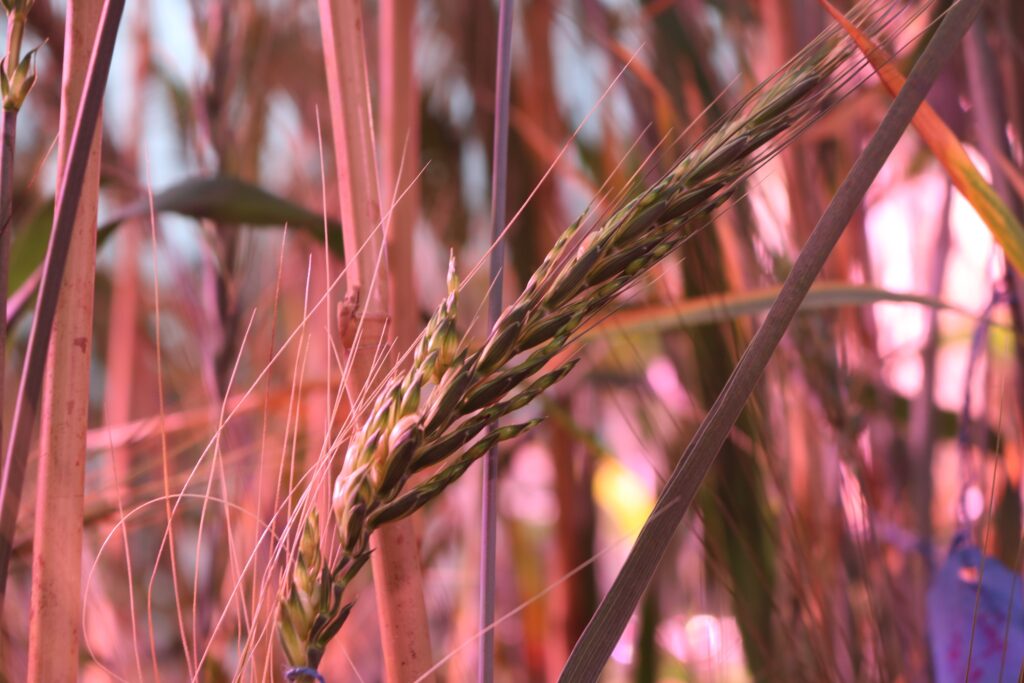
“The next step is to see how it works in the field. And that’s a critical step, because a plant can perform one way in a pot, but very differently in a farmer’s field. We need to know how these novel crops will behave under a commercial cropping regime, and whether its unique aspects can be enhanced through agronomy.”
This work is now set to get underway, thanks to a new farmer-led platform set up by the British On-Farm Innovation Network (BOFIN), working with industry partners (see panel on pxx). The plan is that this Fielder wheat will be one of the first three gene-edited cereals to be grown in commercial fields by farmers. “We have less than 1kg of seed at the moment, but we will multiply up enough for agronomic field trials and then for commercial crops, planned to go in the ground in spring 2026.”
Bigger, bolder grain
The discovery of this bigger, bolder grain happened over 250 years ago. “It was originally characterised in 1762 by botanist Carl Linnaeus, who documented the long grains, glumes and lemmas of a Polish wheat, Triticum polonicum. But exactly what gene controlled this has remained a mystery,” notes Cristobal.
Pivotal work was carried out by James Simmonds at John Innes Centre, who managed to create a stable cross of the wheat with Paragon. “We thought we had a pretty good idea of the gene responsible, but it wasn’t until the wheat genome was published in 2018 that we knew for sure.”
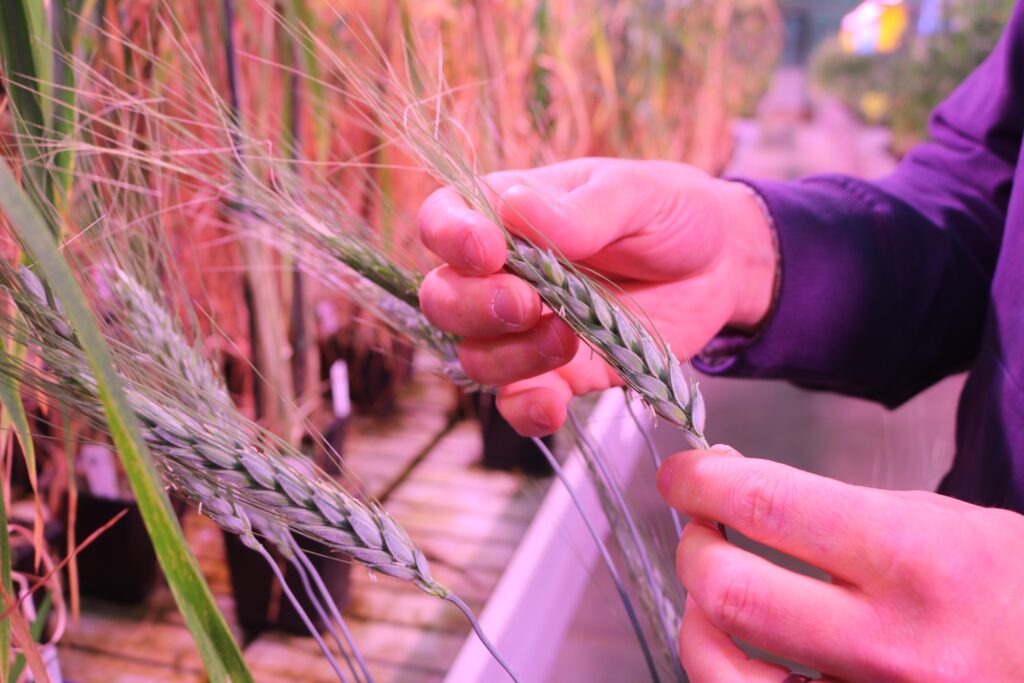
Cristobal explains that wheat, a hexaploid, has three copies of its genome, making it one of the most complex of all organisms with around 16 billion letters. An international collaboration resulted in a map of the wheat genome and has accelerated understanding and the roles of specific genes.
“We’ve identified the gene responsible as VRT-A2 (Vegetative to Reproductive Transition). The genes that govern glume development are the same in all wheats, but the sequence that regulates it are different.”
What the team discovered was that VRT-A2 has the effect of “putting the brake” on glume development at a particular point in the plant’s growth. There’s a misexpression of this gene in the Polish wheat so that glume development continues unabated. Using CRISPR, the team has now replicated this effect with a sequence rearrangement in the DNA of VRT-2A, bringing the bigger, bolder grains to Fielder.
“What we want to understand now is how this VRT-A2 expression is controlled by the edit we’ve made. There are downstream genes that will be affected and we want to identify these and look to see how agronomy can influence the resulting traits.”
Nor is VRT-A2 the only gene in the MADS-box the team is studying. An international collaboration including JIC has identified SVP-A1 (Short Vegetative Phase) that has a similar effect. “The gene also appears to have an influence on glume length, so again it’s not until we bring this out into the field that we can look at how to manipulate it.”
Another promising route is GW2, a gene that regulates grain width. The team generated mutant wheat lines where the effect had been knocked out of autumn-sown variety Cadenza through TILLING (see panel later on).
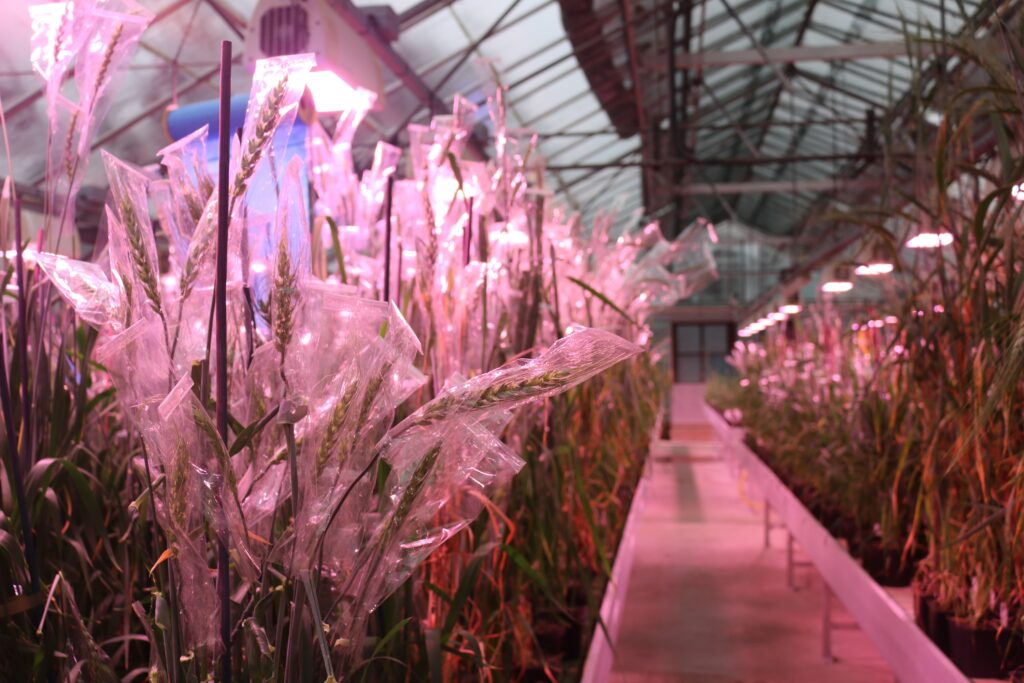
“We generated mutants that had the change on just one of the wheat’s three genomes, on two and also on all three. Here we achieved an increase in TGW of 6%, 12% and 21% respectively. However, again we have seen no increase in yield, and what’s more, it resulted in lower tiller numbers. But an interesting aspect is that protein content was higher – you’d expect a dilution effect, but this didn’t occur.”
Work is now underway to edit the GW2 gene in Skyfall, with a true PBO expected in about 18 months. “We have colleagues at JIC who are developing other wheat PBOs, for example with high iron or zinc content in the grain. There is also robust yellow rust resistance coming through,” notes Cristobal.
The plan is to put all of these traits through the farmer-led platform as enough PBO material comes available. “It’s fascinating for us as scientists realising what can be achieved with new genomic technologies. We want farmers to see this for themselves in their own fields and bring about a revolution in how we grow wheat. We think the improvements we can now bring forward in plants will not just help the environment, but bring greater food security for all people around the world.”
Applying PROBITY to new genomic techniques
A Platform to Rate Organisms Bred for Improved Traits and Yield (PROBITY) is a new industry-wide initiative led by BOFIN. It brings scientists, plant breeders and food processors together with farmers and agronomy research specialists to explore gene-edited crops.
The platform has been made possible by new legislation that allows precision-bred organisms (PBOs) to be grown on commercial farms in England (see panel on pxx). PROBITY aims to explore the attributes of novel crops in a transparent and open forum. Up to 25 English farmers will carry out on-farm trials and produce enough material for batch-processing or feeding trials of the first three PBOs, which are already in multiplication plots at UK research institutes.
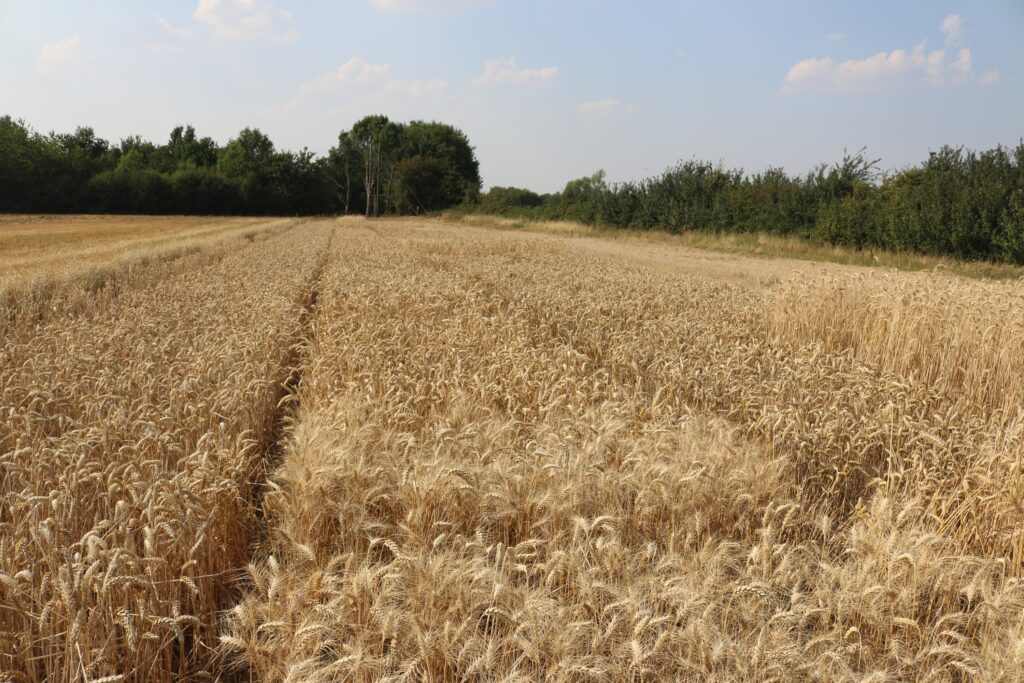
These will feed through into agronomy trials and breeder plots in the 2024/25 cropping year, with the first crops grown on commercial farms the year after. Around 12 novel traits have already been identified and are expected to follow into the platform, creating a pipeline of new breeding technology.
The platform is designed to complement the existing route to market for conventionally bred crops, says BOFIN. PROBITY specifically aims to address traits where the value and market attraction may currently be unclear, as well as a testbed to import or export novel traits.
Importantly, BOFIN says the varieties multiplied up will be non-commercial, with the emphasis being to test a novel trait and give breeders the confidence to bring these into the latest varieties. For more information, email info@bofin.org.uk.
Jargon-buster: what does it all mean?
Mutagenesis is a change or edit in the plant genome that confers a new trait. Such mutations occur naturally every day, when a plant comes under stress, for example, or it can be induced through human intervention. A small change in the genome may switch off the activity of a particular gene which allows or inhibits a property, and it’s these phenotypical changes breeders have sought out for generations to progress their lines.
Mutagenesis differs from Transgenesis, where DNA from another species has successfully been combined into the genome of the host plant. These are universally classified as Genetically Modified Organisms (GMOs). In the UK and across the EU, the release and cultivation of GMOs is highly restricted, although they are allowed in imported food and feed for livestock from parts of the world, such as the Americas, where they are widely grown.
Cisgenesis is where DNA is artificially transferred between organisms of the same species, such as from a wild relative to an elite potato variety to confer blight resistance. In Europe at least this is still classified as GM as nucleic acid sequences must be isolated and introduced using the same technologies that are used to produce transgenic organisms.
For decades, scientists have induced mutagenesis to bring about new traits, or phenotypical variations, using chemicals or radiation. TILLING (Targeting Induced Local Lesions in Genomes) is a powerful reverse genetics method used in plant sciences which allows the identification of point mutations, introduced randomly throughout the whole genome by chemical mutagenesis.
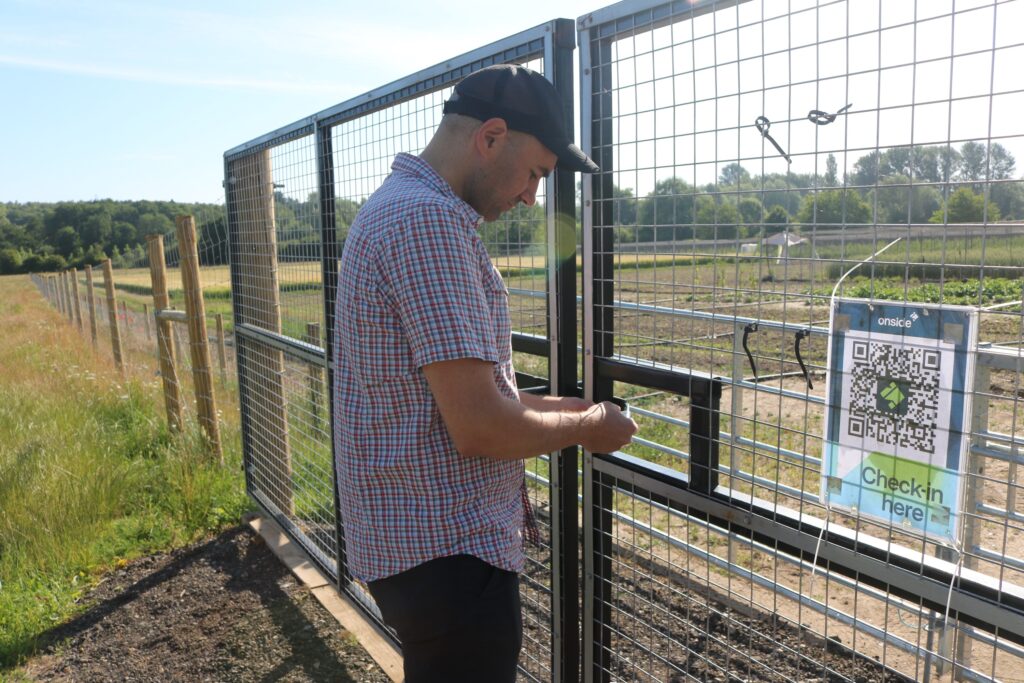
More recently, more precise gene-editing techniques such as CRISPR-Cas9 have been introduced. CRISPRs are short RNA sequences introduced into the host plant that recognise a specific stretch of genetic code. Cas9 enzymes partner these sequences and cut the host DNA at specific locations.
The cell tries to repair the damage, and that’s when the mutation occurs. By using different enzymes and techniques, researchers can deactivate or alter – edit – specific parts of the genome, thereby conferring traits.
Legislation around New Genomic Techniques (NGTs), such as CRISPR, is changing. In England, the Genetic Technology (Precision Breeding) Bill was enacted in 2023. This allows the release and marketing of precision-bred plants, which had previously been restricted by European legislation governing GMOs.
It affects cases where NGTs have been used to edit a plant genome to bring about traits that, according to scientists, could have happened naturally. Where this is the case, these plants are now treated as Precision-Bred Organisms (PBOs) – effectively the same as conventionally bred.
The legal change applies in England only – devolved governments have yet to follow suit – and while similar legislation on NGTs has recently passed through the European Parliament, it’s yet to be adopted in EU member states.
Supply chain benefits from novel crops
Biscuits and breakfast cereals from the first gene-edited wheats grown on commercial farms in England are the plan as part of the new BOFIN farmer-led platform set to put the novel genetic technology to the test.
The wheat is the first of its type to have been put through field trials in Europe. It has a novel trait that naturally improves its performance when its products are toasted or baked, according to Professor Nigel Halford who has led the work at Rothamsted Research.
“We have edited lines of the variety Cadenza using CRISPR-Cas9 so they have less than 10% of the levels of asparagine found in commercial wheat. This is an amino acid that occurs naturally in cereals, but during cooking at high temperature, such as baking or toasting, asparagine is converted to acrylamide,” he explains.
Previous research has shown this carcinogen exceeds current Benchmark Levels in 23% of biscuits and as much as 33% of breakfast cereals. These Benchmark Levels are expected to be reduced in the EU later this year, along with the setting of maximum legal limits. “Food manufacturers currently use processing techniques and additives to bring acrylamide levels down below Benchmark Levels. They have indicated there will be high demand for a wheat that achieves this naturally.”

Work at Rothamsted has focused on asparagine synthetase (ASN) genes responsible for most of the production of asparagine in the grain. “ASN2 is by far the most active, and Claire is a variety that has a natural mutation such that it lacks an ASN2 gene on one of its three genomes,” explains Nigel.
Using TILLING (see panel on pxx), the team managed to ‘knock out’ (or silence) the ASN2 genes on the other two genomes. But this older form of mutagenesis has been found in field trials to result in a yield penalty. CRISPR is a more precise technique, and the team now has lines of Cadenza with a triple knock-out of ASN2, along with some with a second gene, ASN1, similarly silenced. Initial tests have shown some of the novel lines produce undetectable levels of acrylamide when baked into bread.
It’s one of these, line 59, that will be put through the farmer testing platform, led by BOFIN. This will be grown in farmers’ fields alongside the TILLING Claire and unedited originals to confirm the attributes already demonstrated in Rothamsted field trials.
“Line 59 has less than 10% asparagine compared with unedited Cadenza, with no yield penalty. The plan is to produce as much as 100t by harvest 2026, which will be processed into biscuits and breakfast cereal from well-known brands,” notes Nigel.
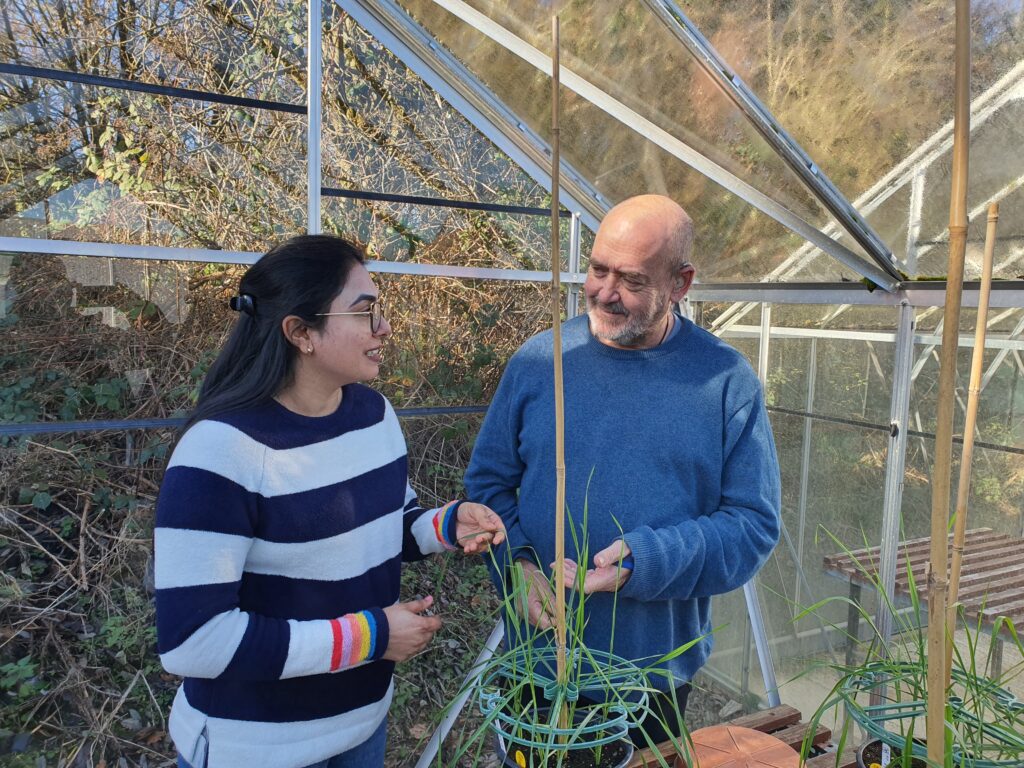
“Once the farmers have grown this wheat in their fields, food manufacturers have seen how it performs, and consumers have actually held the product in their hands, we believe that will address any reservations there may be over the value of this advance in plant-breeding technology.”
For Nigel’s colleague, Dr Navneet Kaur, the move into commercial fields is a natural progression of the science the team has applied in the lab. “Along with work to apply edits that reduce asparagine, we’re also testing all the material to ensure there are no undesirable effects on milling quality – we’ve found none in the CRISPR-edited lines so far. We’ve also been looking at agronomic factors that affect acrylamide – sulphur is a key nutrient and a deficiency gives rise to higher asparagine levels.”
The potential for targeting other natural amino acids is also being explored. “We have some promising lines of wheat with high lysine content. As a home-grown feed wheat they have the potential to displace imported soya in livestock rations. The PROBITY platform will be ideal to test the value of this trait once we have generated true PBOs,” she notes.
Promise brings prospect of high-lipid forage
It’s long been the Holy Grail for livestock nutritionists: studies suggest higher dietary lipid concentrations in cattle fodder can improve productivity and reduce methane emissions by up to 5% for each 1% increase in lipid content.
Now there’s a new gene-edited crop with a marked increase in the lipid content of its leaves and stem. This will be grown on commercial farms in England as part of the new BOFIN farmer-led platform. The fodder will be fed to dairy cows with output and productivity closely monitored to see if expected increases in energy values of more than 0.5MJ/kg of dry matter (DM) are achieved.
The edit has been made in Golden Promise barley by Professor Peter Eastmond of Rothamsted Research. He accepts that barley is not traditionally chosen as a forage crop, but is confident the transformation can be made in ryegrass. “We chose Golden Promise because it’s easy to transform. Ryegrass is harder and does not self-pollinate, which makes things more complicated. But previously it was thought you couldn’t edit this change into a grass crop – we’ve shown that you can.”
Peter’s work started in bioenergy crops, the goal being to store more lipids in leaves to boost the energy value of the resulting biomass. “Plants can store oil in seeds, but in leaves there’s limited capacity, partly because they break down the oils,” he explains.
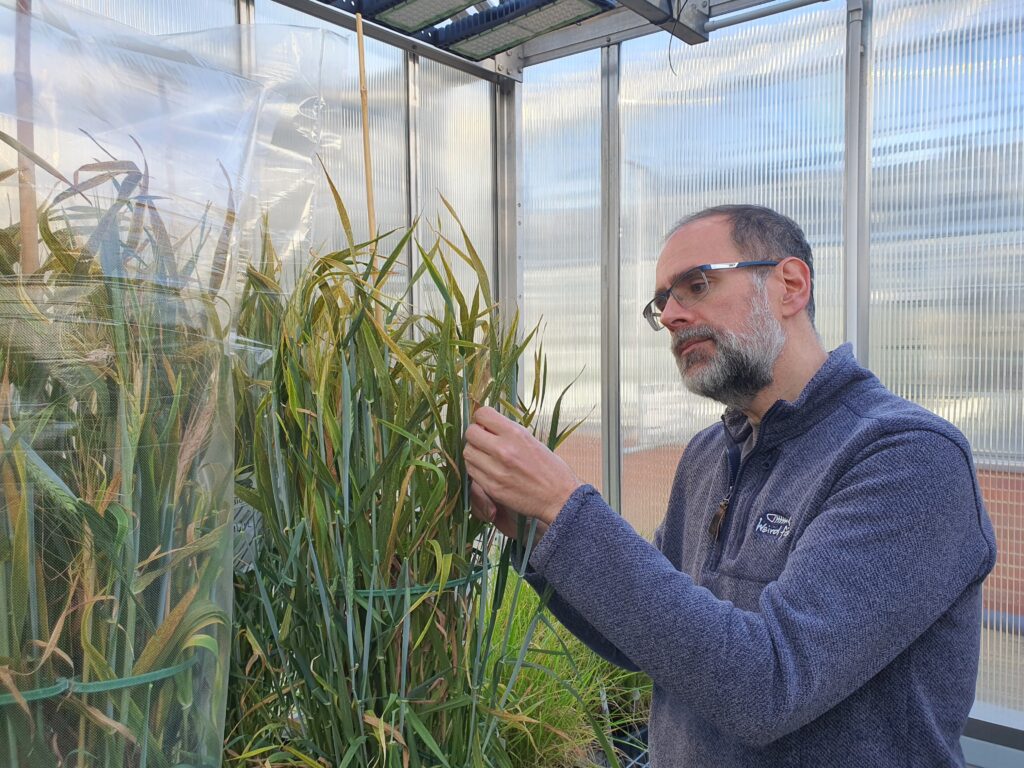
In 2006, Peter discovered and characterised a plant gene called Sugar-Dependent1 (SDP1). He found it was largely responsible for the breakdown of the storage oil triacylglycerol and that disrupting this gene leads to accumulation in leaves. A further breakthrough came when his team discovered a way to switch on a dormant gene without inserting foreign DNA and creating a GMO.
“Grasses with a lipid content of 8% of dry matter – more than three times their natural content – have been achieved, but only through inserting foreign DNA, making them GM. A gain-of-function is not something you can usually achieve with CRISPR, which is associated with turning genes off,” explains Peter.
The Rothamsted team showed that a gene can be brought under the control of a promoter from an upstream gene by using CRISPR to delete the intervening genomic sequence. They fused the promoter of a non-essential photosynthesis-related gene that’s switched on in leaves, to the Diacylglycerol Acyltransferase2 (DGAT2) gene that’s normally switched off.
“DGAT2 makes an enzyme that’s known to synthesise triacylglycerol and its overexpression can drive increased oil production.” The work, in the model plant species Arabidopsis, resulted in the oil content in the leaves increasing by around thirty-fold, when SDP1 was also disrupted – the combination of the two processes is thought to be key.
But could the same transformation be made to grass species? “It was touch-and-go because, although Golden Promise is easy to transform, grasses are very different to Arabidopsis. We made the edits during COVID, just before lockdown, which meant we couldn’t get to the lab to analyse the results,” recalls Peter.
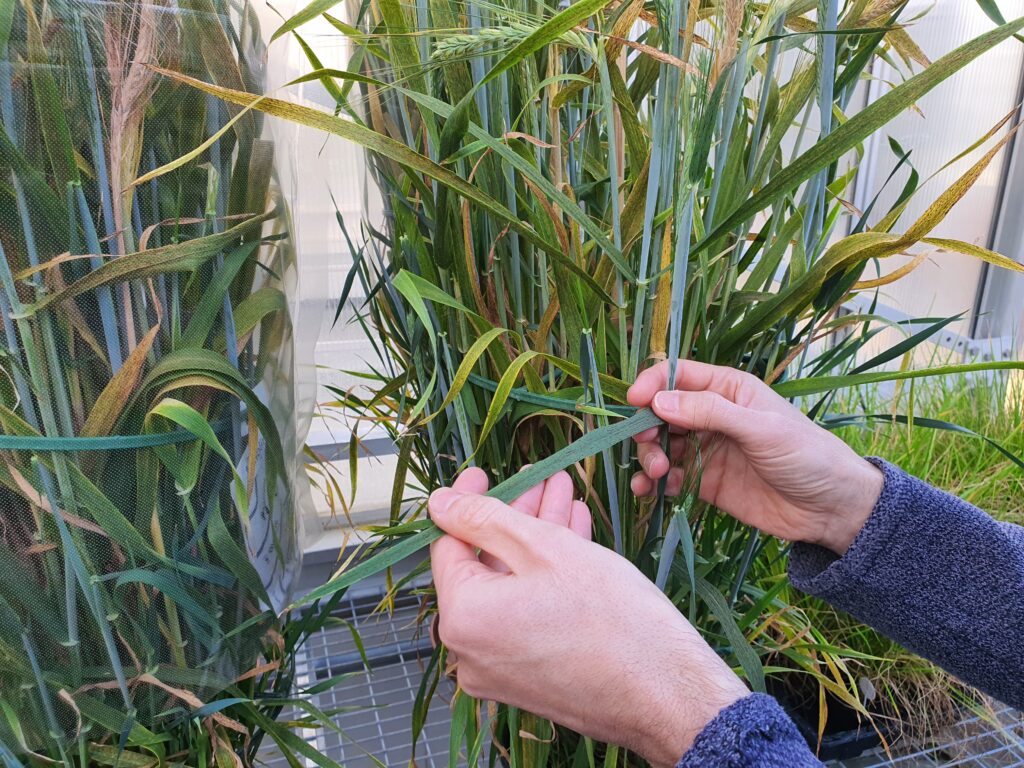
But when they returned it was good news. Barley has two copies of SDP1, and out of 160 lines they found just one with a rare, and very much prized, double knock-out. “We found this resulted in a 1% increase in lipid from 2.5% DM to 3.5%. The increase is substantial and the trait is heritable, which is a big relief. What’s more it’s a true PBO.”
The barley went through field trials in 2023 and is now being multiplied up for the PROBITY platform. The aim is to produce enough in harvest 2025 for bench testing of the fodder with full feeding trials conducted by a major dairy co-op on farms in 2026. The fodder will be harvested before the ear has set from 1ha strips grown next to unedited Golden Promise to compare its performance in the field.
Peter accepts it’s not the finished product. “Really, we need at least a 3% increase – up to 7-8% of DM would be optimal. But we know this can be achieved, because it’s been done through transgenesis. What’s more we’ve been working in this area for more than 20 years and have achieved successes that had been thought were not possible previously.”
His team will be working with specialists at Aberystwyth University to bring the trait into ryegrass. Scientists at IBERS are world-renowned for their work in developing high-output grasses. “It’ll be tough, because transformation efficiency in ryegrass is low,” notes Peter.
“But that’s why it’s so important we prove the outcome through the PROBITY platform – these sorts of advances in ryegrass breeding simply won’t happen unless breeders have the confidence it’ll be worth the effort. With the on-farm work, we take the trait through those steps and remove the barriers.”

